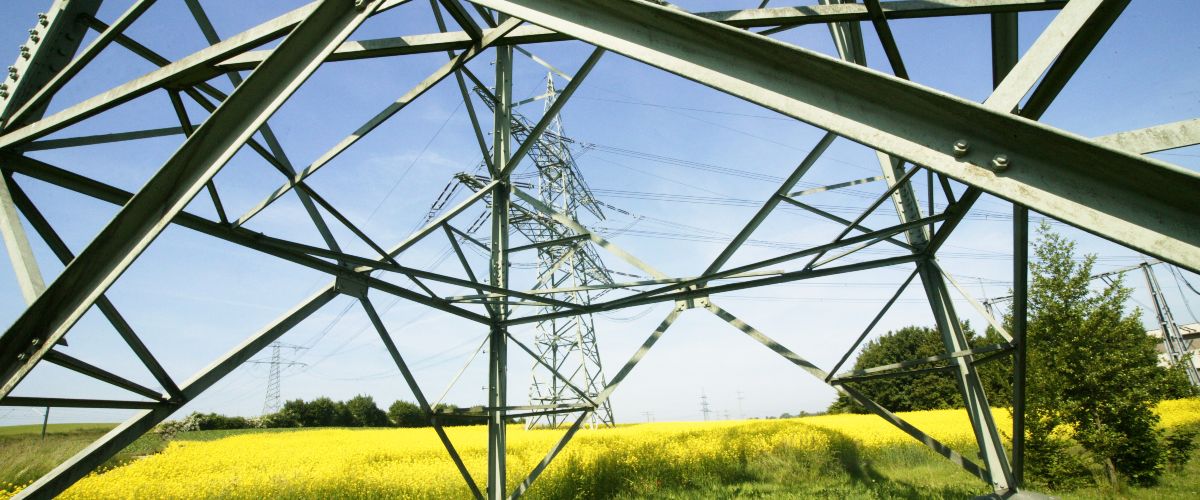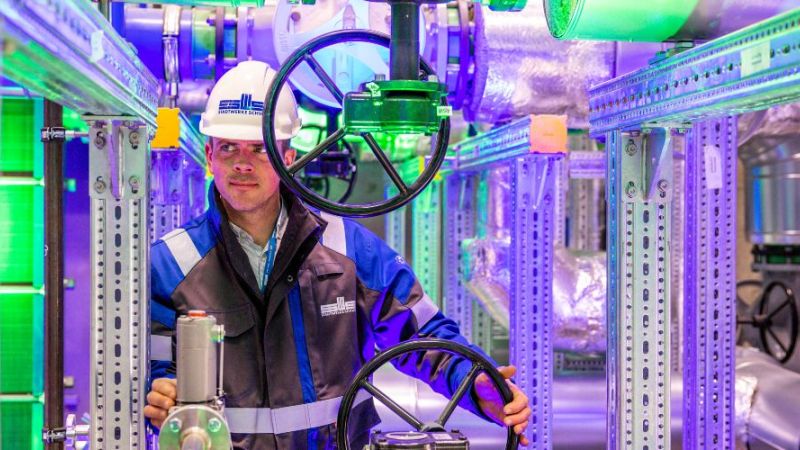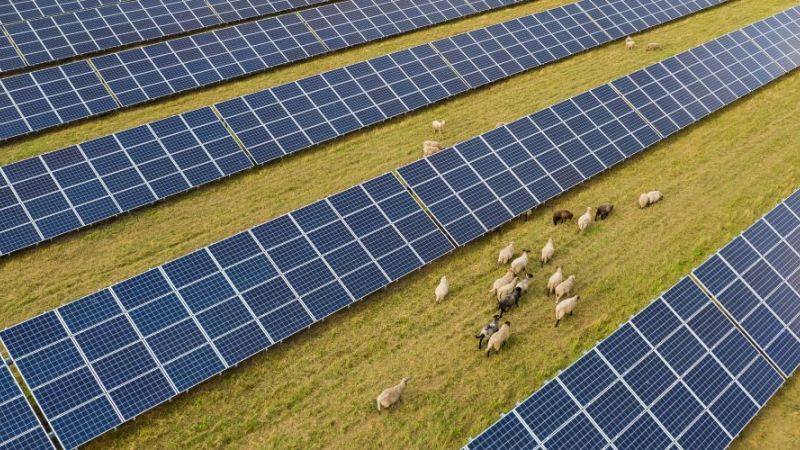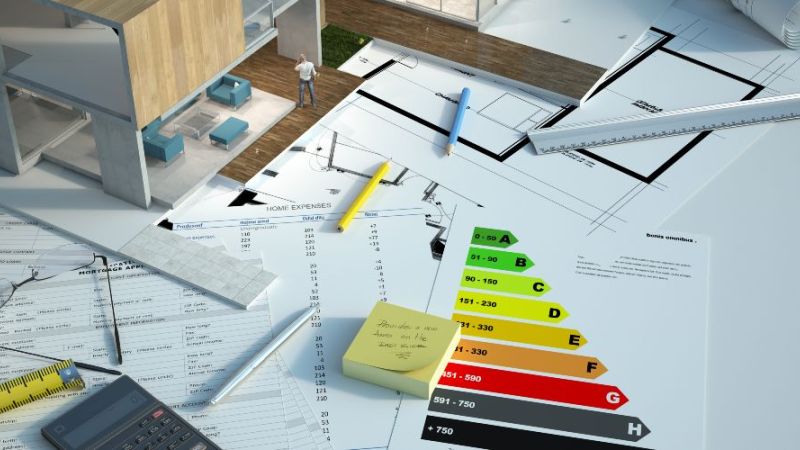Power Grids And Power Storage
Great need for research on power grids and power storage
Important steps towards defossilising the energy system are the increasing electrification of the various sectors as well as a rising share of renewable energy in electricity production and the intermediate storage of electricity over various time intervals. The resulting steady increase in the number of electricity consumers and decentralised energy generation plants must be efficiently integrated into the electricity grid. Volatile electricity production and consumption must be harmonised. The electricity grid must fulfil these growing requirements. In addition, system security, system stability and supply quality must continue to be ensured at the highest level and in an economical manner.
Eligible research content on power grids and power storage
Funding is provided for projects that aim to integrate the growing number of electricity consumers and generation plants into the electricity grid efficiently, cost-effectively and in a grid-friendly manner at various voltage levels, thereby ensuring system security and supply quality. Among other things, the applied research funding takes up the results of the System Stability Roadmap and places a particular focus on the further development and integration of converter-based systems with a grid-forming function.
In a fully defossilised energy system, the ancillary services previously provided mainly by conventional power plants must also be provided in a climate-neutral manner. Concepts and technologies are to be researched as to how converter-based systems and flexible consumers can replace the conventional provision of ancillary services, also in conjunction with new control strategies and market mechanisms. Flexibility management is also playing an increasingly important role in congestion management. In the context of sector coupling, a growing flexibility potential is emerging in the form of decentralised, controllable loads. This is particularly the case in the near future in the heating sector with the foreseeable increase in the number of heat pumps and heat storage systems of various performance classes and capacities, as well as in the mobility sector with the rapid expansion of charging infrastructure that can be operated in a grid-friendly manner. The integration of these services into the various markets for electrical energy must be organised and innovative and sustainable business models developed.
Another key task is the new and further development of modern equipment such as power converters, intelligent transformers, transmission and line technology (including for high-temperature superconductivity). New grid structures also require the introduction of new monitoring and testing procedures for grid equipment.
Other relevant energy research topics on power grids and power storage
The optimisation of operational management concepts is of crucial importance in order to increase the reliability of the energy infrastructure, reduce equipment failures at all grid levels and enable better utilisation of existing grids. New information technologies play a key role here. In particular, there is still a need for research into control and monitoring systems and forecasting methods. New information technologies also play an important role in integrated grid planning.
At the same time, the resilience and security of the overall networked system are at the forefront of all further developments of the central IT systems and decentralised facilities, such as smart meter gateways.
Electricity storage systems buffer energy surpluses from renewable sources and thus contribute to grid stability, flexibility and the efficient integration of renewable energies. The range of possible applications includes, for example, use in the public electricity grid to stabilise the grid status and for system services, as home storage or in industry and commerce to increase the proportion of self-consumption and improve energy management, as well as integration into sector coupling projects. These wide-ranging activities are crucial in order to optimally utilise the potential of electricity storage systems in various fields of application.
The range of projects eligible for funding covers topics from the battery cell to the entire system including power electronics, which serve both the further development of individual technologies and practical testing in the various applications.
In order to optimise electricity storage systems for specific applications, innovative materials and components are to be used that guarantee stable operation and meet the highest safety standards. A positive environmental balance and the use of readily available, non-critical raw materials are also important goals. In view of the increasing storage capacities, it is becoming increasingly important to make environmentally friendly and economical recycling available and to establish concepts for the circular economy in order to counteract dependencies on raw materials in this way. This also includes concepts for the subsequent use of energy storage systems ("second life") at the end of the primary utilisation phase.
The development of suitable charging, storage and energy management is of central importance in order to increase the efficiency, performance and service life of the storage systems.
Materials, components, systems and operating strategies for all types of electrical storage systems are to be further developed with regard to reliability, longevity and cost-effectiveness. Sensor technology and intelligent control systems, which link operating data from cell level to application level using standardised interfaces, enable safe and grid-friendly operation of the storage systems.
Furthermore, topics such as the upscaling of systems and components for larger applications, subsequent utilisation concepts for power plant sites and the multiple use possibilities of storage systems are being researched. Research into the optimisation of production processes and recycling methods supports the sustainability of the (energy) economic transformation.






